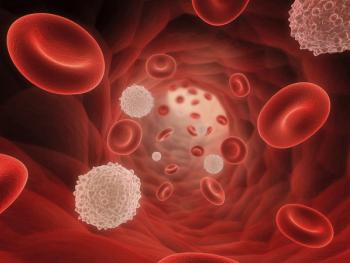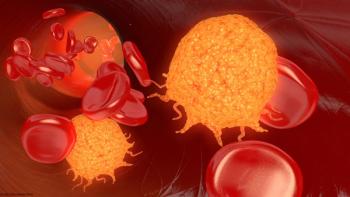
Matthew D. Galsky, MD, Discussed Multidisciplinary Care for Treating MIBC With TURBT and Nivolumab Combo
CancerNetwork® sat down with Matthew D. Galsky, MD, at the 2021 ASCO Annual Meeting to talk about data from a phase 2 trial examining the use of neoadjuvant nivolumab plus gemcitabine/cisplatin prior to bladder-sparing surgery.
At the 2021 American Society of Clinical Oncology (ASCO) Annual Meeting, CancerNetwork® spoke with Matthew D. Galsky, MD, of Mount Sinai Hospital in New York, about results from a phase 2 trial (NCT03558087) testing transurethral resection of bladder tumor (TURBT) plus neoadjuvant systemic therapy of nivolumab (Opdivo), gemcitabine, and cisplatin for muscle-invasive bladder cancer.
Results showed that this approach was capable of inducing stringent complete responses in a large subset of patients. Here, he speaks about how the multidisciplinary team is essential in strategies combining systemic therapy and surgical approaches.
Transcript:
A few key takeaways from the trial, one is that this approach is not yet a standard of care. The follow-up from this study is not yet mature enough. There are a few other prospective studies testing the concept of TURBT plus systemic therapy as definitive treatment for muscle invasive bladder cancer. We need those studies to mature, we need to evaluate all of them in context to decide how to move forward. That said, this is often considered an approach using systemic therapy, but this is completely a multidisciplinary approach. This approach involves a maximal transurethral resection of bladder tumor from the start, we think that’s probably important, and it requires a rigorous restaging of the bladder after systemic therapy. This is a multidisciplinary approach involving a urologist, your oncologists, and medical oncologists.
Reference
Galsky MD, Daneshmand S, Chan KG, et al. Phase 2 trial of gemcitabine, cisplatin, plus nivolumab with selective bladder sparing in patients with muscle- invasive bladder cancer (MIBC): HCRN GU 16-257. J Clin Oncol. 2021;39(suppl 15):4503. doi:10.1200/JCO.2021.39.15_suppl.4503
Newsletter
Stay up to date on recent advances in the multidisciplinary approach to cancer.


















































































